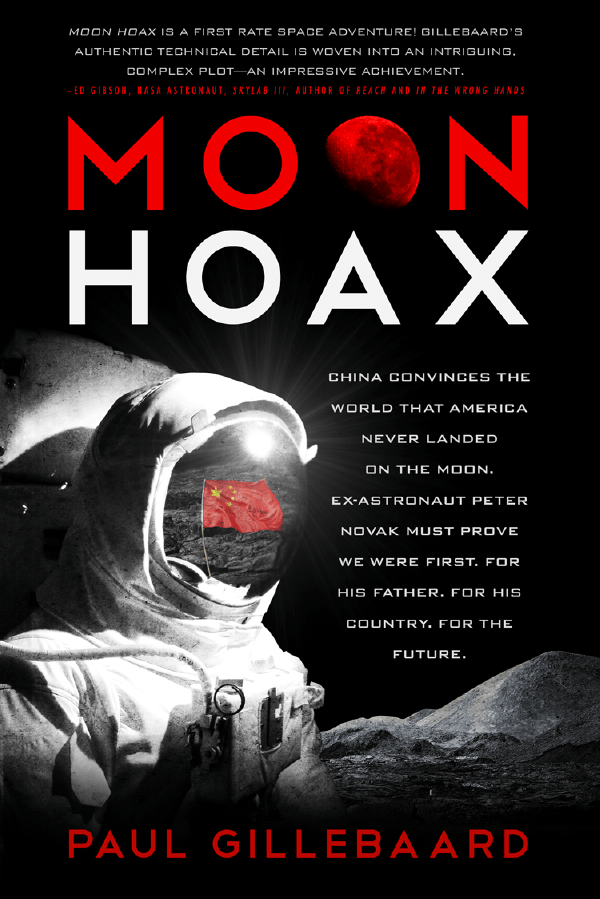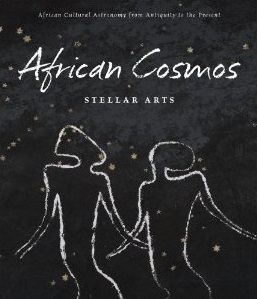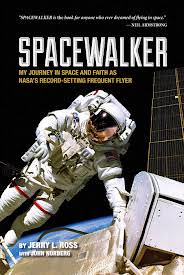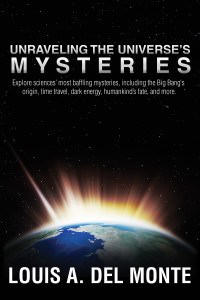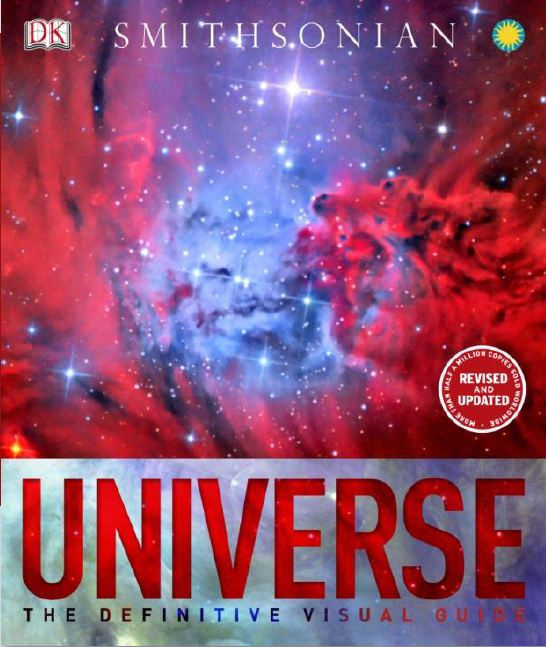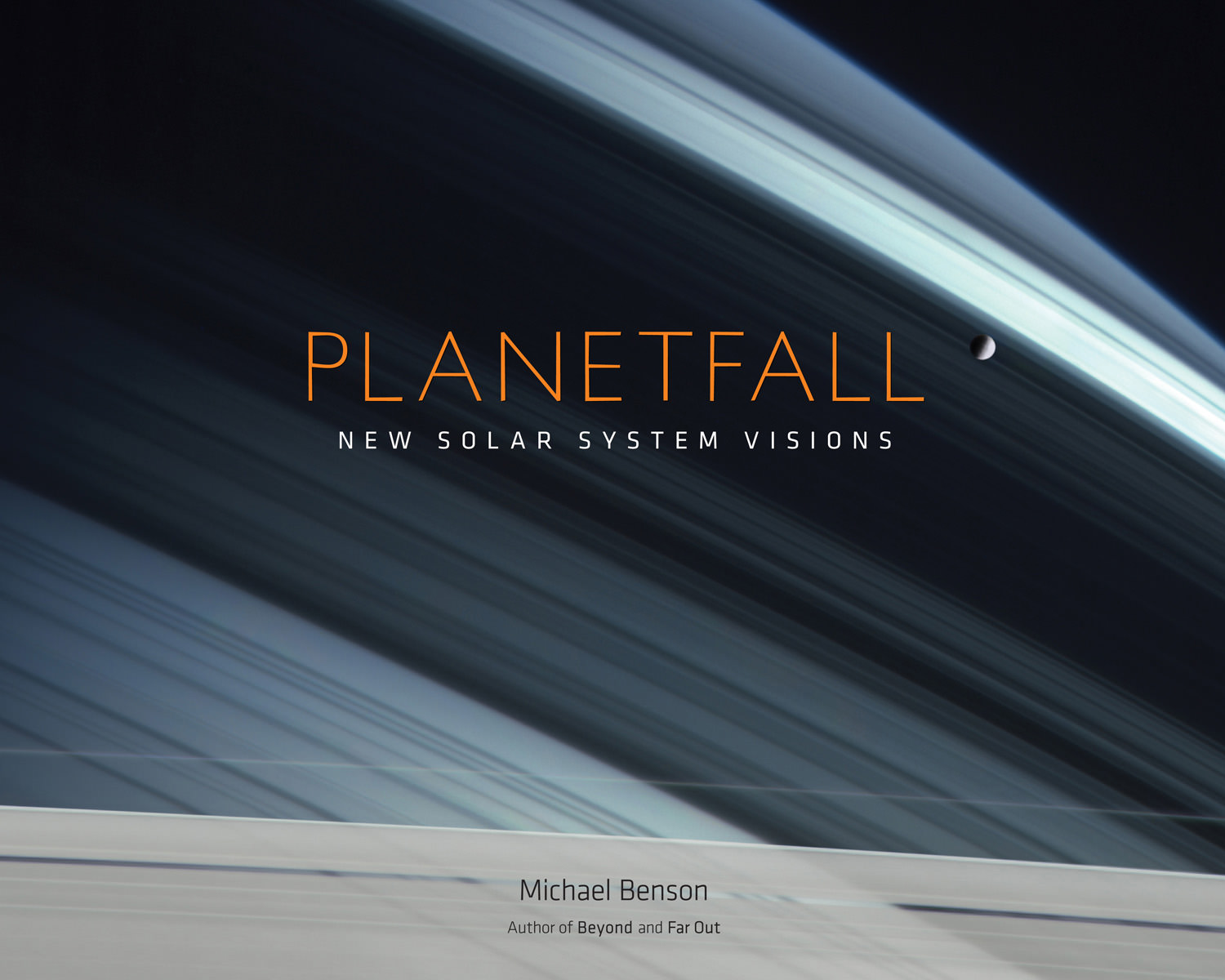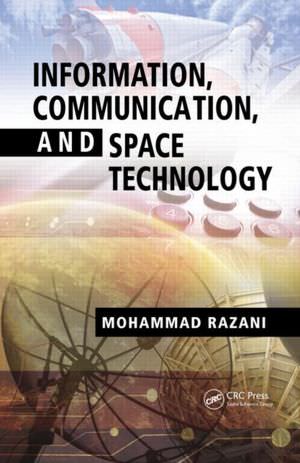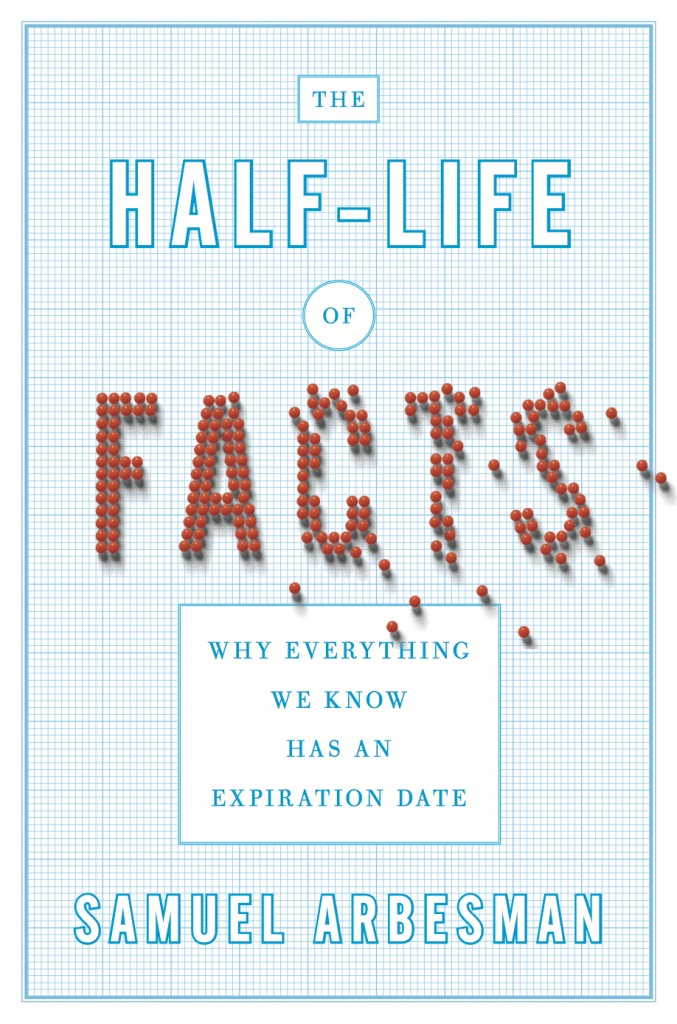Apollo 11, a spaceflight forever cemented in history books, signifies the moment when humans first walked on the Moon. Since that historical day, the US has been the only nation to set foot on the Moon.
But what do you do if someone says this event wasn’t real? Conspiracy theorists have always been on the fringe saying the Moon landing was an elaborate hoax, a clever story fabricated in great detail by our government or space agency. But what if — somehow — historical records were changed to show the Apollo 11 mission never happened? In Moon Hoax, a new and entertaining historical fiction novel, author Paul Gillebaard re-writes history with a tale of high-tech subterfuge and deceit played out on the world’s stage.
Currently in 2013, the USA is certainly not the only space faring nation. With the retirement of the shuttle program, we can’t even launch our own astronauts into space. Other countries have a core of trained astronauts and collaboration between nations has become a key mode of operation. Teamwork has become a necessity. The International Space Station circling high above our heads is inspiring proof of countries working together in space research. What if one country wants all of the glory for themselves? What if they have engineered a way to change the face and records of space travel as we know it?
Find out how to win a copy of this book!
Moon Hoax weaves the tale of a rising and formidable superpower country trying to take away our historical facts and show them as false. One of the most populated countries on Earth wants the world to think the United States of America lied and has been lying to them for over 40 years: the twelve amazing American moonwalkers never were. Not only do the antagonists want to rewrite the history books, but they want to stake their claim on the Moon and launch themselves into the annals of space and world supremacy status.
Twisting the truth into an extremely plausible lie is a challenge. Moan Hoax will consistently have you reacting with a range of emotions from dismay and frustration to determination in seeing the truth prevail. It’s a race to prove to the world that the history books are factual versus the changing tide of a public dissuasion campaign. The author, Paul Gillebaard, has substantial space knowledge and an engineering background. This first time author adds a writing flair to make the reader question history’s validity on an enjoyable, entertaining ride.
Find out more about the book at Gillebaard’s website.

